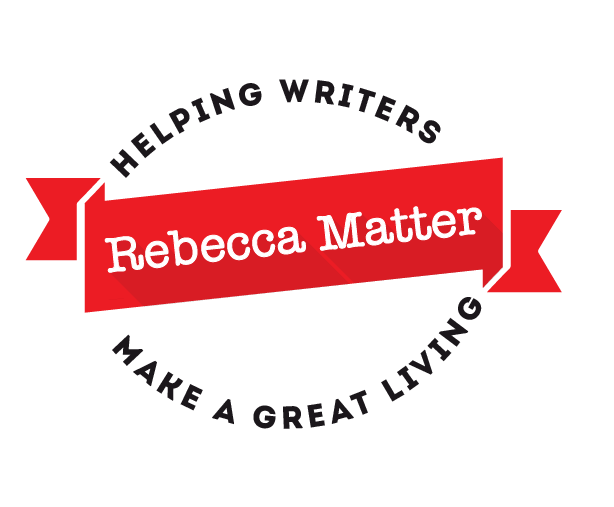Imagine if every email you wrote to your readers (or ghost wrote for someone else) deepened the relationship with the reader, and resulted in a higher response rate from future email promotions.
In a past article, I showed you my formula for developing email and article content.
But today, I’m going to take it to the next level and teach you how to actually write the emails using a four-part strategy that will engage your readers and keep them connected.
Ready?
For starters, the tone is friendly and caring.
Having a friendly and conversational tone is an important skill to master when you’re writing emails. Think for a second about how people use email.
They use it to communicate with their co-workers, friends, and family using their own personal voice and style. And, when they read emails, they expect a similar tone.
The minute the reader senses something else, a red flag goes up in his mind, and the email is often deleted — or worse — marked as spam.
Fortunately, there are two things you can do to ensure you always have a friendly tone when you write …
1. Care about the reader.
It’s one of the easiest things you can do to inject compassion and personality into your copy. Genuinely care about the reader.
Why are you writing to them? What do you want to help them with? How do you want them to feel or benefit from your email?
Your goal is to have your reader feeling like you understand them. You want them to think: “This person is on my side, and wants to help.”
2. Believe in what you’re writing.
I’ve seen a LOT of emails in my 10+ years as an Internet marketer, and have done a LOT of testing. And I can tell you without a doubt, the emails that get the best response always come from someone who is passionate about what they’re writing.
Look back at the articles or emails that have impacted you most. Re-read them and see what I’m talking about. You can actually feel the writer’s passion through his words — just as if he were standing in front of you saying them out loud.
The email focuses on the reader, and not the writer.
When you write an email, you always want to keep the content focused on the reader. At AWAI, we call this concept the ‘Power of You.’
‘You’ being the reader.
Because no matter what you’re writing, or who you’re writing to, you’re ultimately writing to one person. And, a great way to keep that one person engaged is to make it about him. Focus the email on how he’ll benefit from what you’re writing.
If you’re just starting out, this concept can be difficult to master at first, but it will ultimately have a huge impact on the strength of your copy.
Most often, I find writers struggle keeping the email all about the reader when they are trying to make a point through personal example. The writer tells a personal story about himself, but fails to connect it to the reader.
They forget to answer the question: “What’s in it for me, the reader?” “Why should I keep reading this article or email?”
Remember, the reader needs to recognize very early on that the email he’s reading is about him. You (the writer) are trying to help him solve a problem, or obtain some benefit. So, make sure he sees that right away.
It’s written from one person, to one person.
This concept may seem obvious, but I’m including it today because I see it violated a lot when reviewing email copy from new writers.
It’s this: You never write to the masses, or a large group of people. You always write to one person … one person you care about.
So, instead of writing something like: “so many people are worried about their financial future … ”
You’d write it: “if you’re worried about your financial future … ”
See the difference?
On the flip side, never write an email from a group either. “We” don’t write emails or articles. “I” do.
The thing to remember … it’s much easier to connect with one person than an entire group of people.
It focuses on one big idea.
This concept is probably the toughest one to master. I know I’m guilty of straying from it occasionally. Yet, it’s also another powerful tool that you can use to strengthen your copy.
If there are too many ideas going on in a single email (or any form of communication for that matter), it’s hard for the reader to stay engaged and really understand what you’re trying to communicate.
So before writing, think about why you’re writing the email. What is the one specific thought, feeling, or action you want to stimulate?
Before you even start writing the email copy, write the answer down in the header of the document. Read it out loud and ask yourself, “is it truly one idea?”
Even right now as I’m writing this article, my header reads …
Article Big Idea: Four tips to ensure reader writes emails that engage the reader
And that little note reminds me that every word I write needs to be about that single idea.
Use this four-part strategy when writing emails and you’ll find a much deeper connection with your readers, and get a better response.
